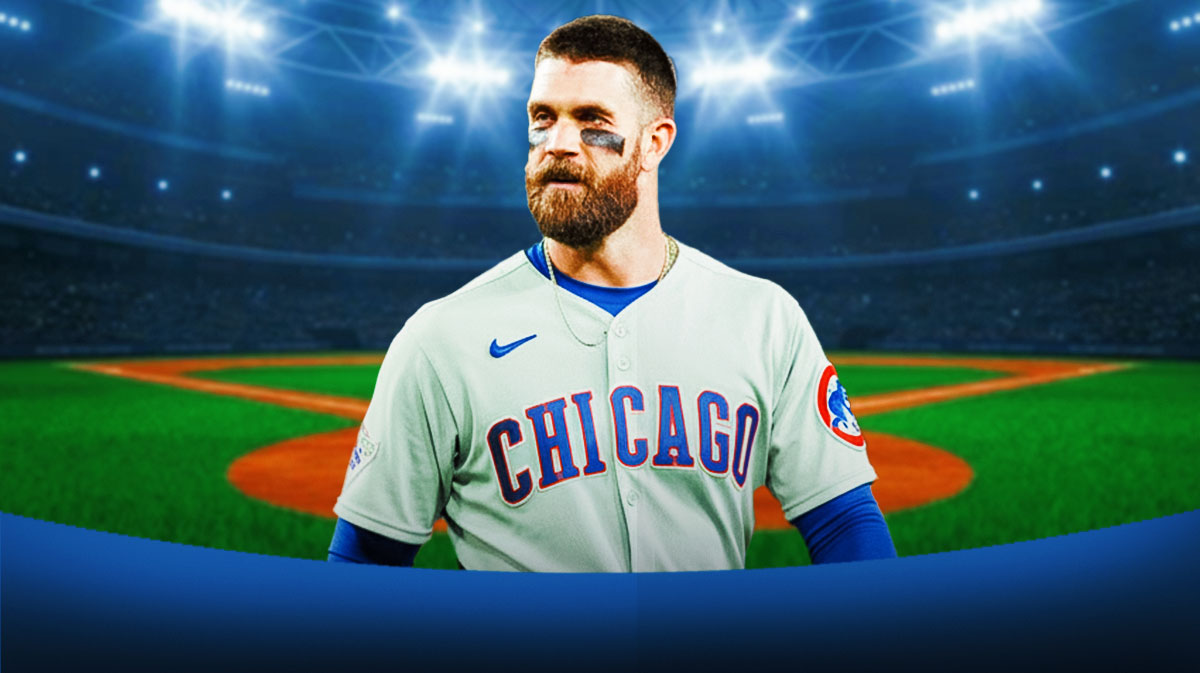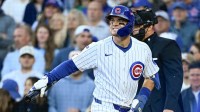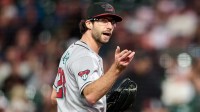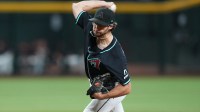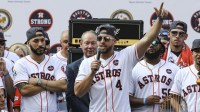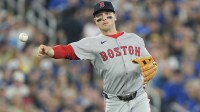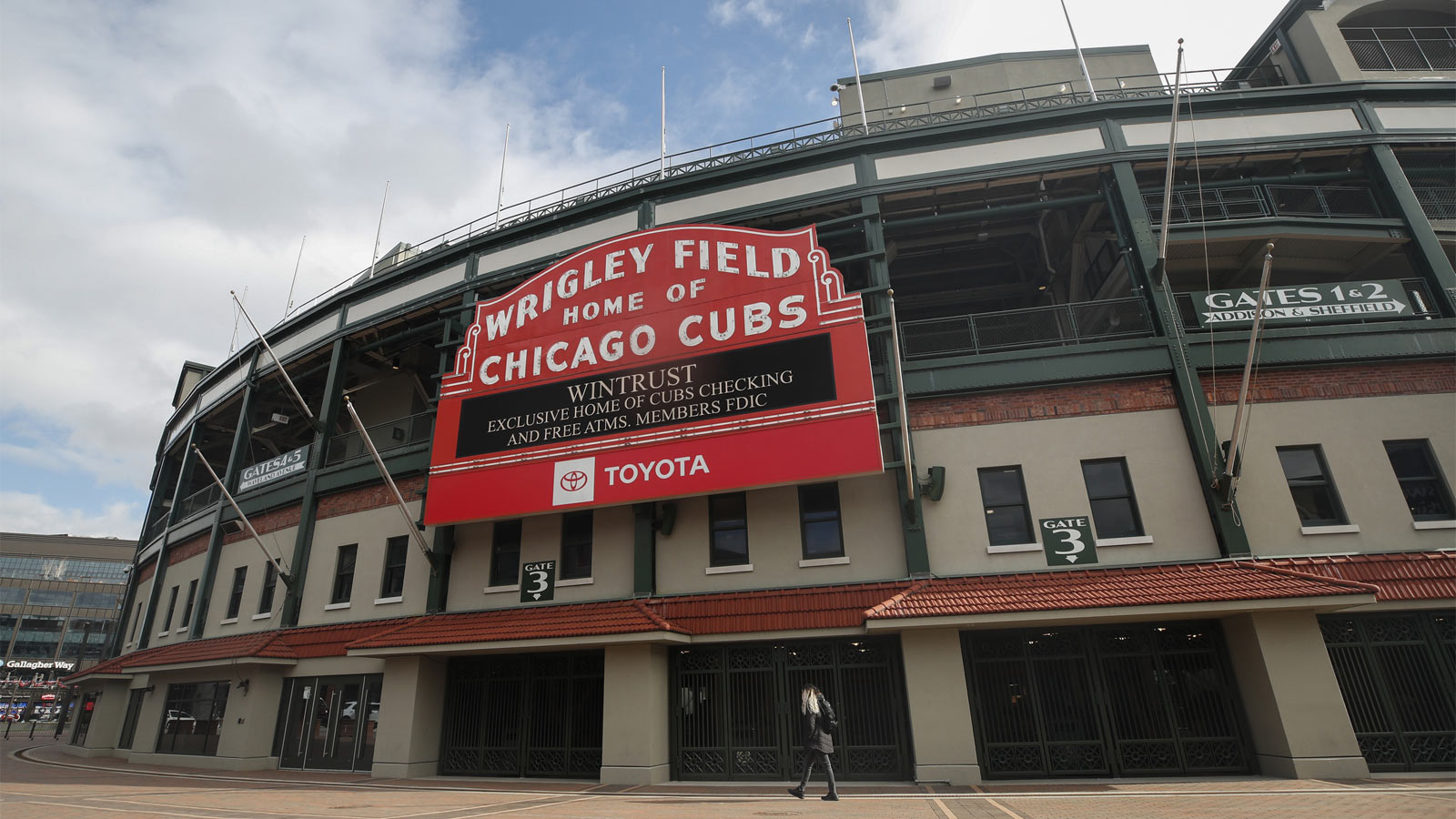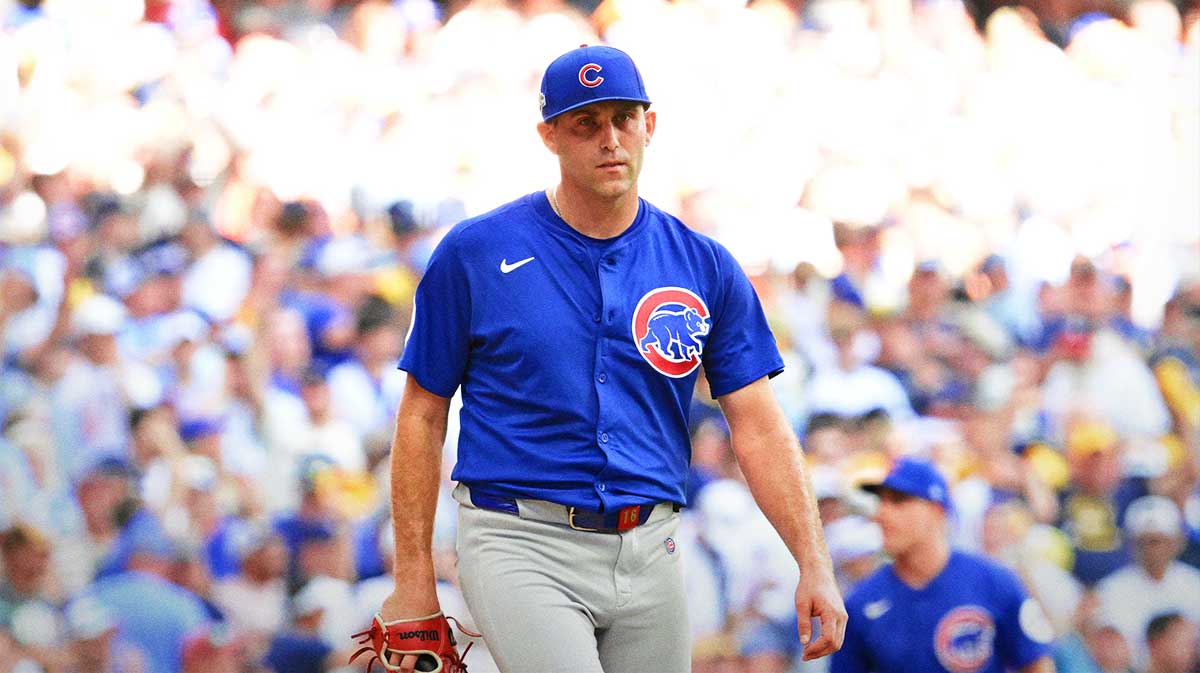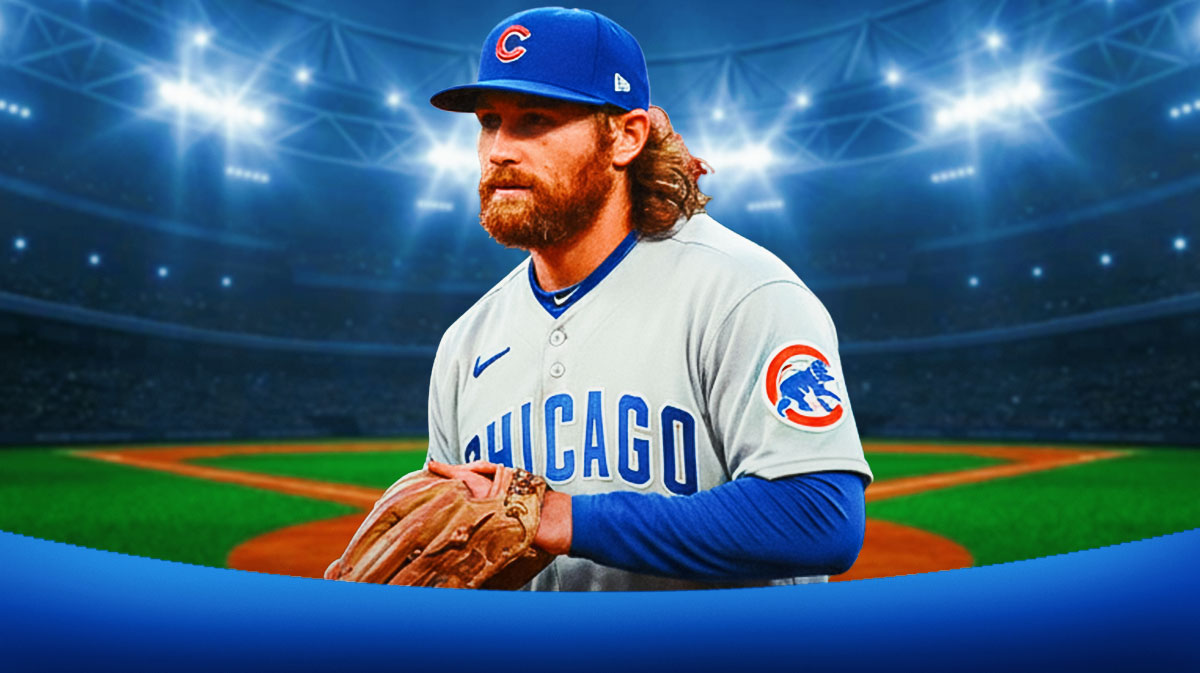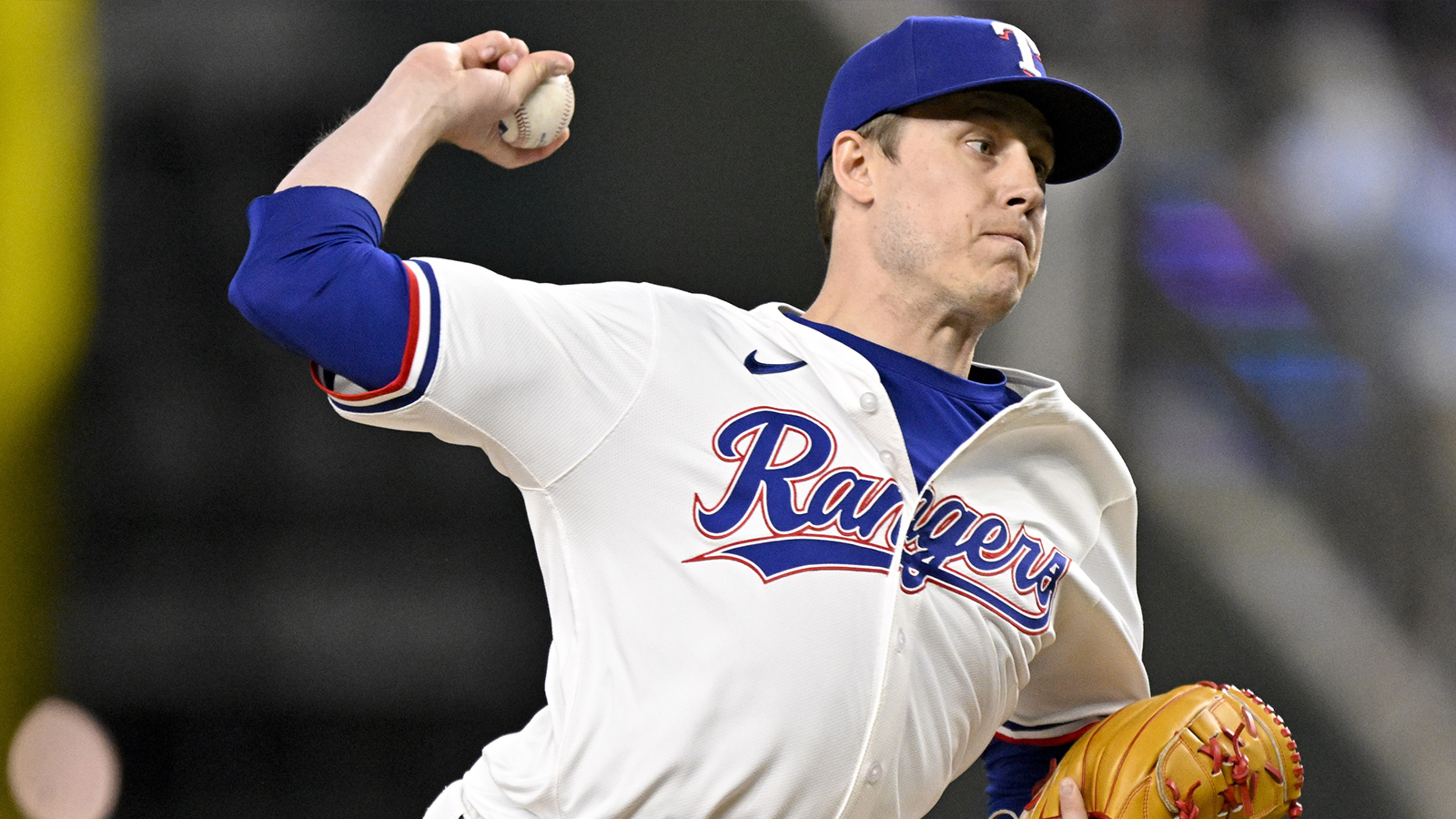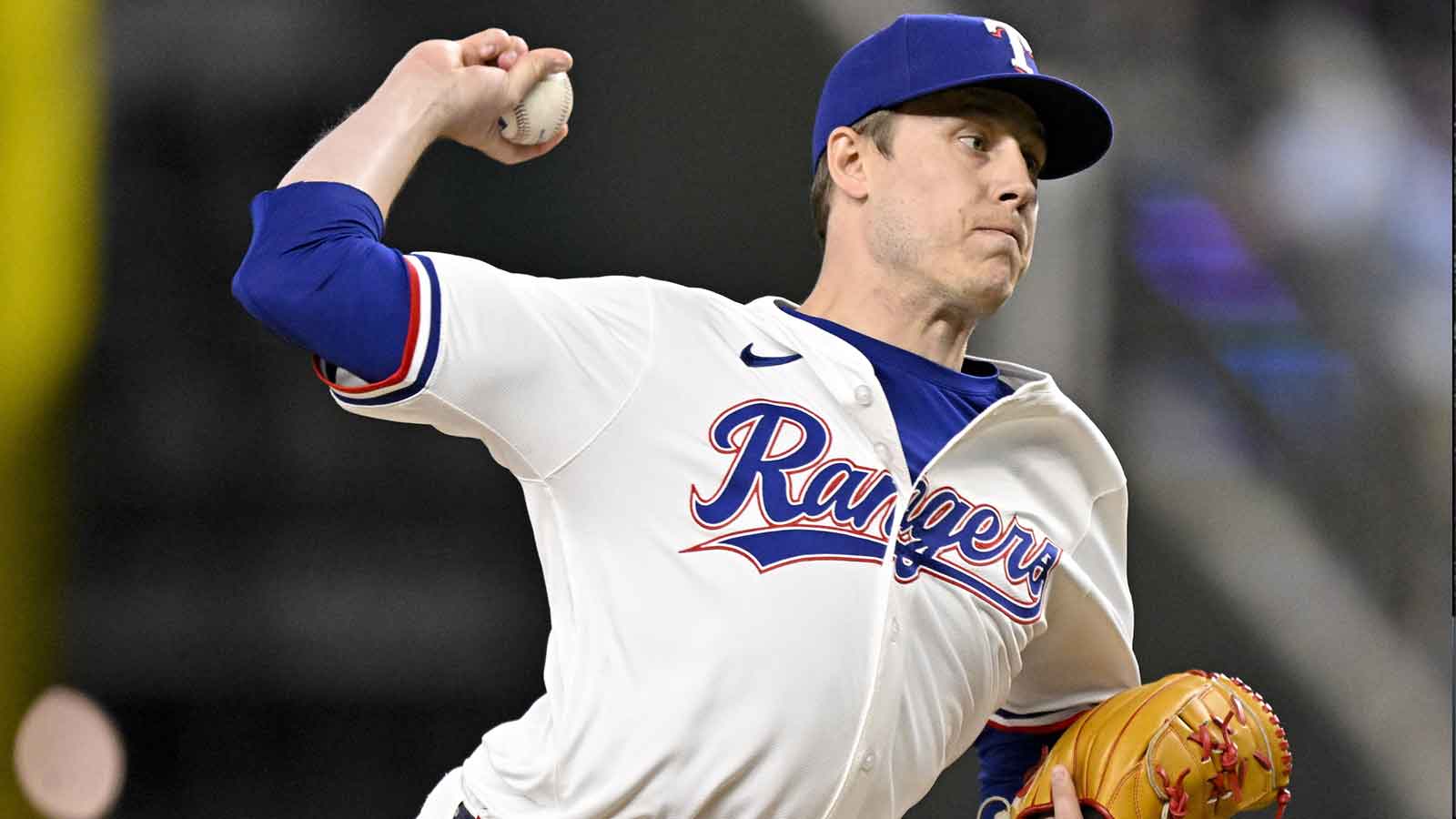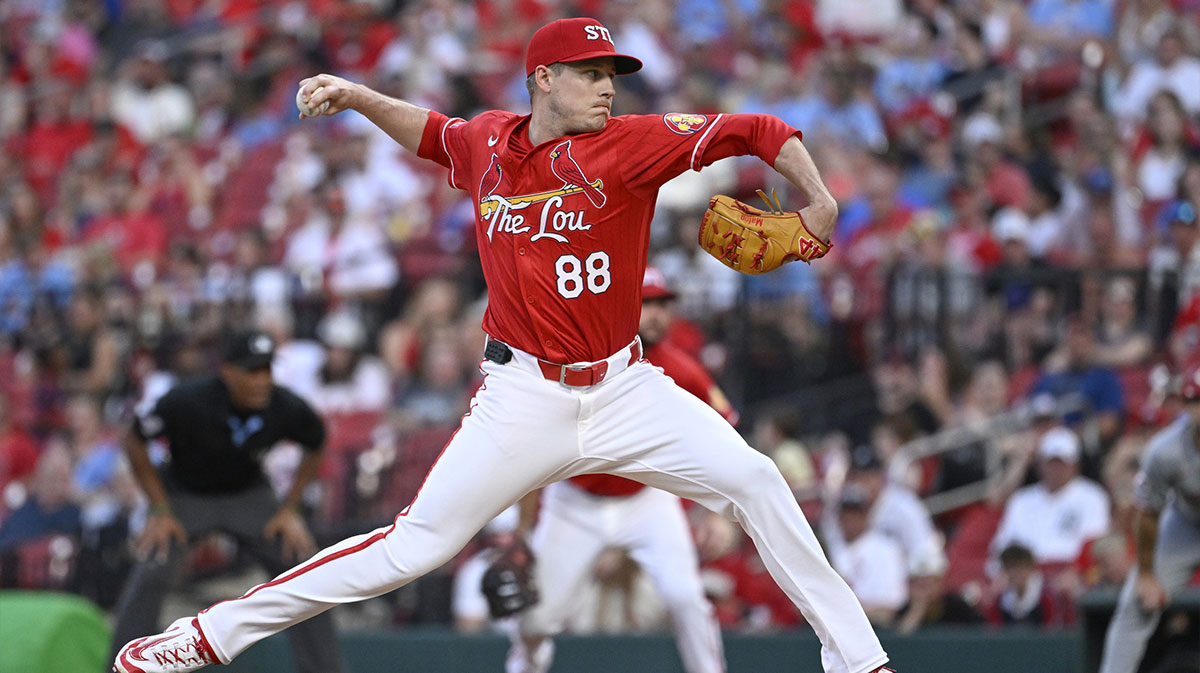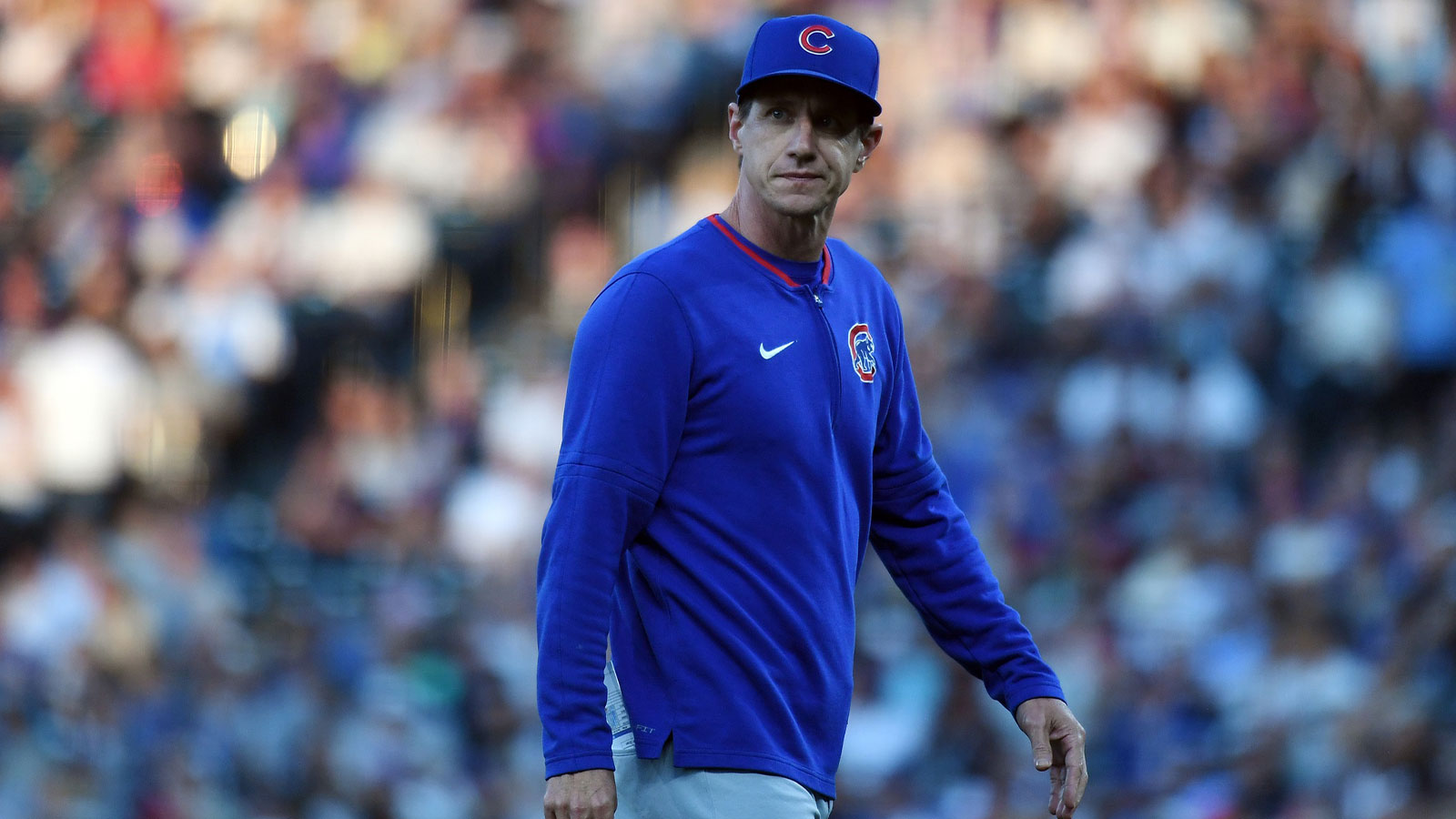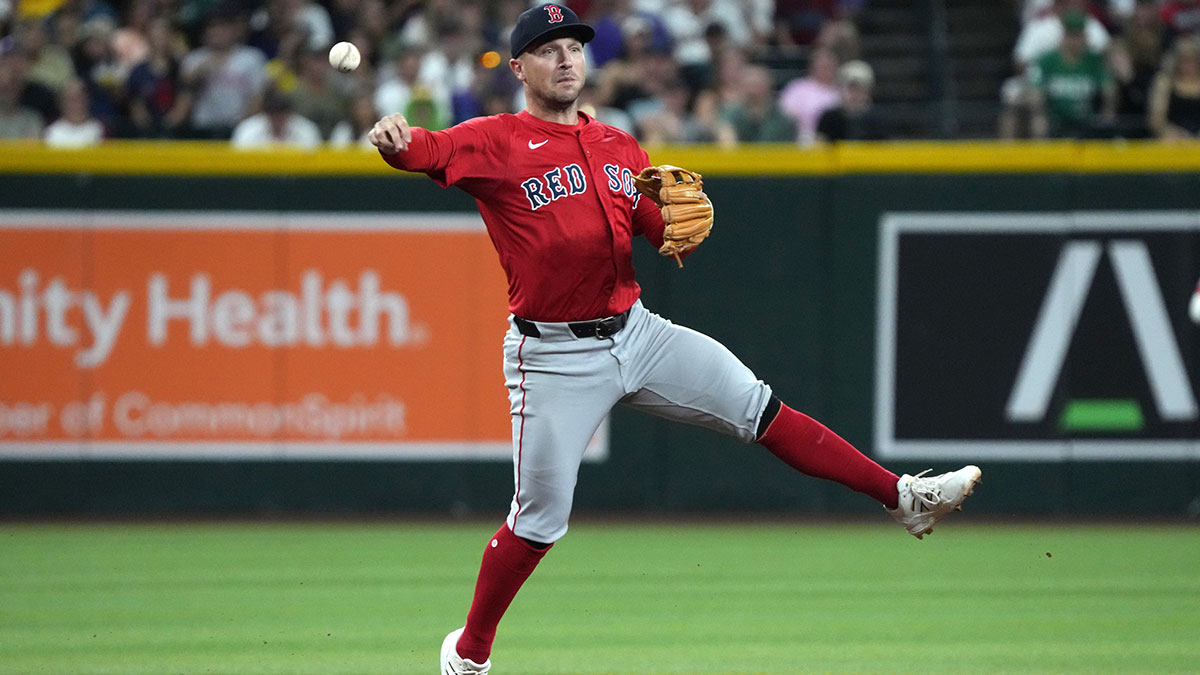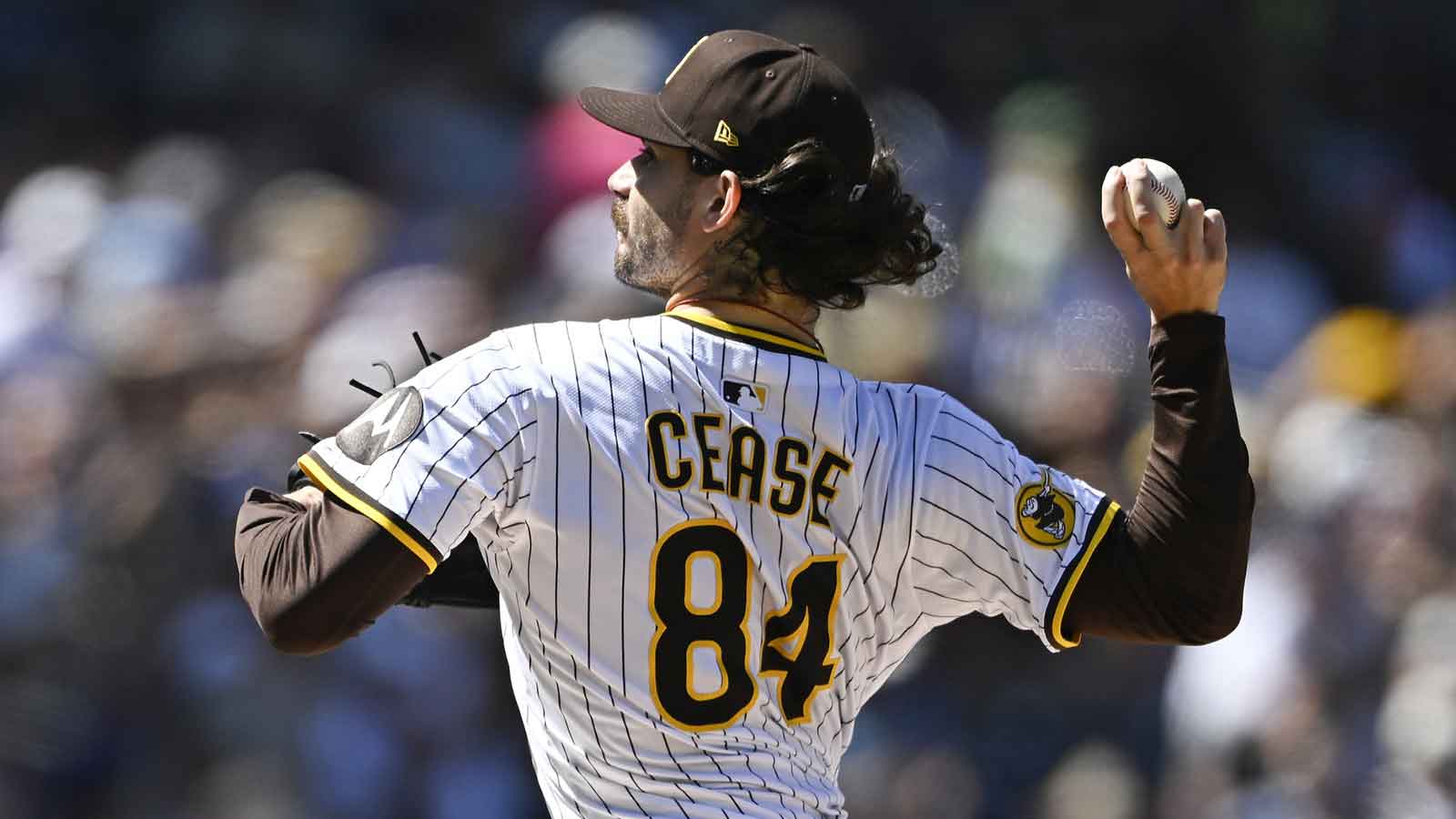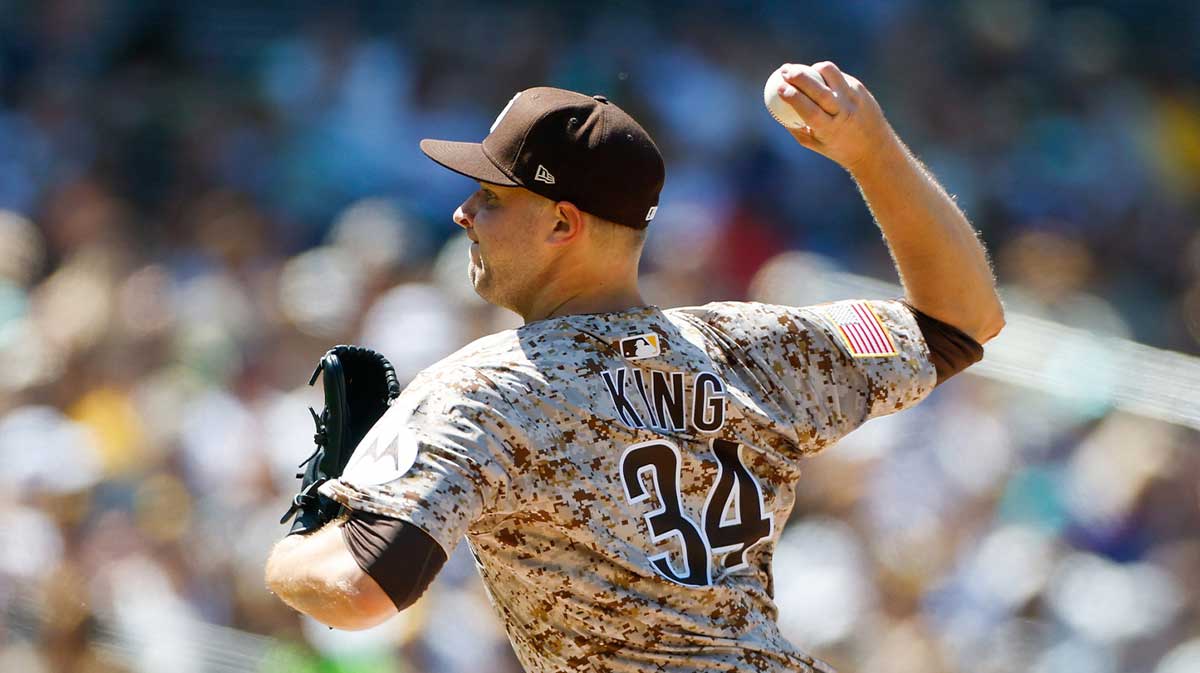The Chicago Cubs stand at a crossroads this offseason. With Kyle Tucker likely commanding a $400 million contract in free agency, the front office faces a critical decision about how to replace one of baseball's elite talents. While conventional wisdom suggests promoting top prospect Owen Caissie to fill the void, the Cubs have a unique opportunity to capitalize on an unexpected situation brewing in Philadelphia.
Bryce Harper, the two-time MVP and Phillies cornerstone, has become an uncomfortable superstar following Dave Dombrowski's public questioning of whether he can return to elite form. Despite Harper's full no-trade clause and public commitment to Philadelphia, the combination of declining production, ongoing wrist concerns, and organizational uncertainty creates a narrow window for the Cubs to pounce.
Why Harper Makes Perfect Sense for Chicago
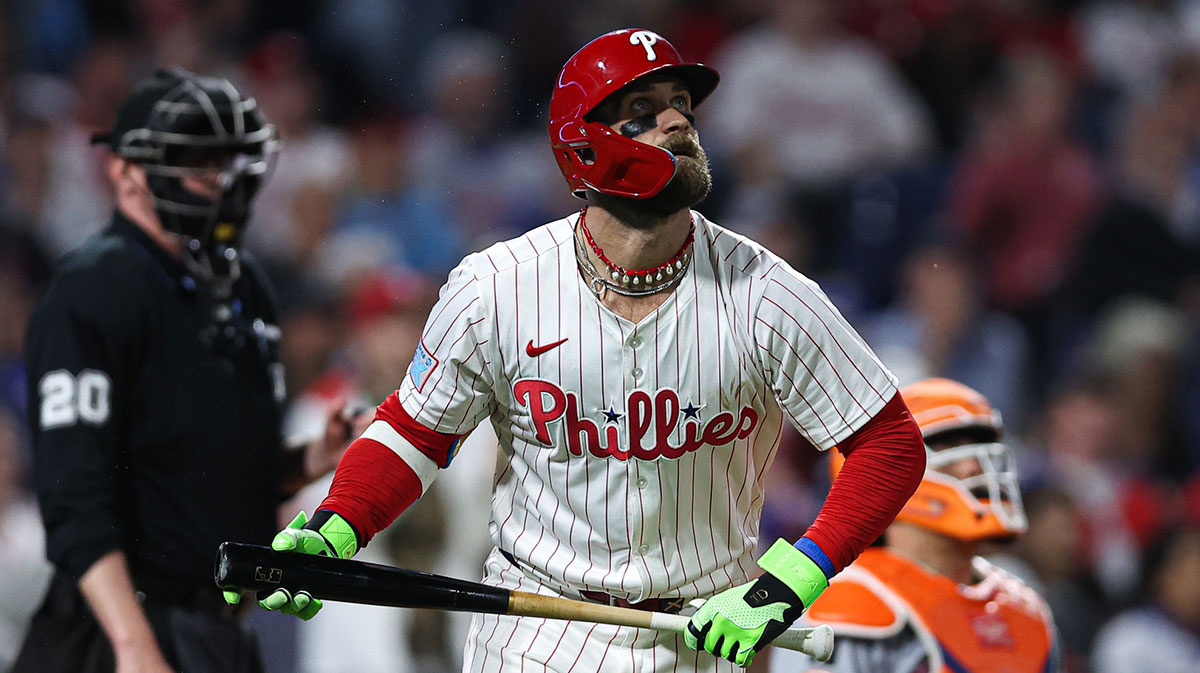
The Cubs need more than just an outfield replacement—they need a proven superstar who can anchor their lineup for years to come. Harper, despite a down 2025 season, still posted a respectable .844 OPS with 27 home runs while battling wrist inflammation that sidelined him for significant time. At 33 years old, he remains in the prime years of his career with six years and $144 million remaining on his contract.
Harper's contract structure actually works in the Cubs' favor. His $27.54 million annual salary through 2031 is manageable for a team with relatively clean books beyond 2026. Unlike pursuing Tucker on the open market at potentially $40-45 million per year, acquiring Harper provides cost certainty while adding a first baseman who won a Silver Slugger in 2024. This allows the Cubs to allocate resources toward their primary need: elite starting pitching.
The psychological element cannot be ignored. Harper expressed feeling “confused and upset” by Dombrowski's comments and admitted the trade speculation made him “feel uncomfortable”. When a player of Harper's caliber explicitly references his disappointment with management, it creates an opening that didn't exist before. His mention of hating trade talk in Washington suggests he's not immune to considering a fresh start if the right situation presents itself.
The Phillies' Motivation to Deal
Philadelphia faces significant roster challenges heading into 2026. With a payroll already exceeding $300 million when factoring in luxury tax implications, the Phillies have limited financial flexibility. They have nearly $40 million in departing free agents and need to address critical needs in the outfield, bullpen, and potentially catcher if J.T. Realmuto doesn't return.
The Phillies' window is closing faster than anticipated. Key veterans like Realmuto (turning 35), Nick Castellanos, and Aaron Nola are aging, and the team needs an infusion of youth and athleticism. Trading Harper would accomplish multiple objectives: clearing significant payroll space, acquiring young talent to reload the system, and allowing top prospect Justin Crawford to take over a corner outfield spot.
Most importantly, the Phillies' president of baseball operations has already demonstrated his willingness to move on from franchise cornerstones when the situation dictates. Former GM Rubén Amaro Jr. hinted that one of the team's major no-trade clause contracts could be moved this offseason, specifically mentioning contracts like Harper's and Trea Turner's. While Dombrowski publicly denied trade interest, his initial comments questioning Harper's elite status suggest internal discussions have already occurred.
Building the Perfect Trade Package
For Harper to waive his no-trade clause, he needs to see a contending team with a clear championship window. The Cubs, fresh off their first playoff series win in eight years, fit that profile. Chicago's young core—led by Pete Crow-Armstrong's breakout season and rising stars like Nico Hoerner and Dansby Swanson—provides exactly the supporting cast Harper needs.
The Phillies, meanwhile, need impact prospects who can contribute immediately while also providing long-term value. Here's the ideal trade structure that addresses both teams' needs:
Chicago Cubs Receive:
- 1B Bryce Harper (six years, $144 million remaining)
Philadelphia Phillies Receive:
- OF Owen Caissie
- RHP Jaxon Wiggins
- C/DH Moisés Ballesteros
- RHP Cade Horton
This package gives the Phillies exactly what they need to reload while remaining competitive. Caissie, who posted a .937 OPS with 22 home runs at Triple-A Iowa in 2025, provides immediate outfield help and slots perfectly into the corner spot Philadelphia needs to address. The 23-year-old has the offensive profile to replace Harper's production at a fraction of the cost.
Wiggins and Horton provide the starting pitching depth Philadelphia desperately needs after inconsistent seasons from their rotation. Wiggins, recovering from Tommy John surgery but showing promise at 24 years old, offers controllable rotation insurance. Horton, who logged 147 innings between Triple-A and the majors in 2025, gives the Phillies an immediate fifth starter option with upside.
Ballesteros represents the wildcard that makes this trade work. The 23-year-old switch-hitting catcher/DH posted nearly identical numbers in Triple-A (.858 OPS) and the majors (.868 OPS) during his September call-up, demonstrating he's ready for full-time duty. With questions about Realmuto's future, Ballesteros provides positional flexibility as either a catching replacement or a powerful DH option to replace Harper's production.
Why the Cubs Pull the Trigger
From Chicago's perspective, this trade accomplishes several critical objectives. First, it replaces Tucker's production without entering a bidding war that could exceed $400 million. Harper's track record of durability (when healthy) and consistent production makes him a safer investment than paying premium dollars for Tucker's age-29 through age-35 seasons.
Second, it addresses the first base position for the long term. While the Cubs have pieces at every position, solidifying first base with an elite hitter allows manager Craig Counsell to optimize the rest of the lineup. Seiya Suzuki can move to right field full time, his natural position, where he excelled in September and October.
Third, it sends a clear message that the Cubs' championship window is now. After years of prospect development and careful roster construction, trading four high-end prospects for a proven superstar demonstrates commitment to winning immediately. This move would energize a fanbase eager for sustained postseason success beyond first-round exits.
Most importantly, Harper's leadership and championship pedigree elevate the entire organization. His willingness to move positions, play through injuries, and embrace his role as a franchise cornerstone mirrors the culture Cubs president Jed Hoyer has tried to build. Adding that veteran presence alongside a young core creates the perfect blend of experience and emerging talent.

